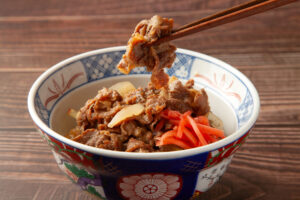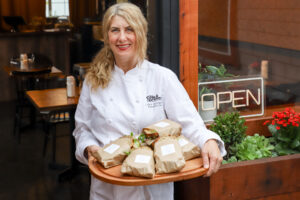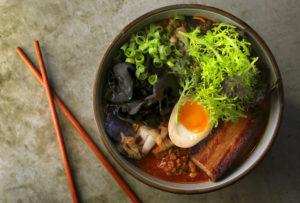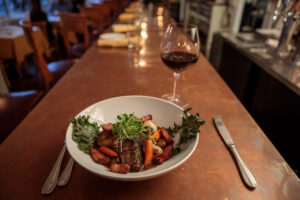 We are a nation in love with poultry. The average American eats about 90 pounds of chicken each year, more than three times what we ate in 1960, and that number continues to grow. And grow and grow.
We are a nation in love with poultry. The average American eats about 90 pounds of chicken each year, more than three times what we ate in 1960, and that number continues to grow. And grow and grow.
With that increase in demand has come an increase in alternatives to the plumped up, pumped-up factory-farmed chicken that’s become a staple of our diet. Free-range, organic, hormone-free birds take up increasing amounts of space in the poultry case, commanding up to twice as much as conventional chicken, with most costing significantly more than conventionally grown poultry.
But when the gap grows to five times the cost of the cheapest bird ($4.99 for a rotisserie-roasted bird at Costco) versus $26 for a free-range, hormone-free bird from a local CSA, you have to start asking some serious questions: What could possibly make a chicken cost $26? And more importantly, why would anyone pay that kind of money for a single bird?
Turns out, a growing group of educated consumers will. Food advocate Michael Pollan has repeatedly suggested that we’re not paying nearly enough money for our food. In 1960, 18 percent of our national income was spent on food, and only 5 percent on healthcare. Today, Pollan says 9 percent of our income is spent on food and a whopping 17 percent on health care. “The less we spend on food, the more we spend on healthcare,” he says.
And when you start talking to farmers and ranchers why their animals cost so much, the answers bear that out.
I talked to Nancy Prebilich of Gleason Ranch who started breaking down the cost differential. A family rancher who uses organic feed, sells locally, used to process locally (until Fulton went out of business), keeps her chickens in outdoor “tractors” and is trying to make a living being sustainable, it’s not a pretty picture. Although she’s the darling of many local chefs, processing about 600 chickens per week in the “air-chill” method (versus a cold water dunk that saturates the chicken, artificially plumping them up with water), her family ranch is still mostly a labor of love. Her chickens run about $17-$20 at local grocery stores like Oliver’s and at farmer’s markets (she sells at the Saturday farmer’s market in Santa Rosa).
Consider some of her average costs, however…
- Chick: About $1.30 to $2 each. About 20-40% won’t make it to adulthood.
- Feed: $1200 a week.
- Processing: $4 per bird
And that doesn’t take into account other hard costs (shelter, veterinary care, man-hours in cleaning and maintaining the animals). At that point she’s already well beyond what the Costco bird sells for. And like other folks who let their birds have access to fresh air and grass, she gets has a fair amount of birds knocked down from “Grade A’ to Grade B (which are worth less) because of insect bites or blemishes on their skin. It’s not easy money, as she can attest.
“Sustainable agriculture is agriculture that will sustain a living for a farmer,” said Prebilich. “We’re relying on that chicken to pay our PGE bill. This is not a side job.” According to her, about 80 percent of farmers rely on something other than agriculture as their main income. “Sure, a $30 chicken is outrageous, when i can get a gallon of milk for $4. But taxpayers are subsidizing that. We’re not subsidizing our local farmers and we shouldn’t be,” she adds.
What’s your take on $26 chickens? Should we be supporting sustainable agriculture — an ultimately our own health and environment — by paying more? Or is it too much to ask in hard economic times?
Sound off.









